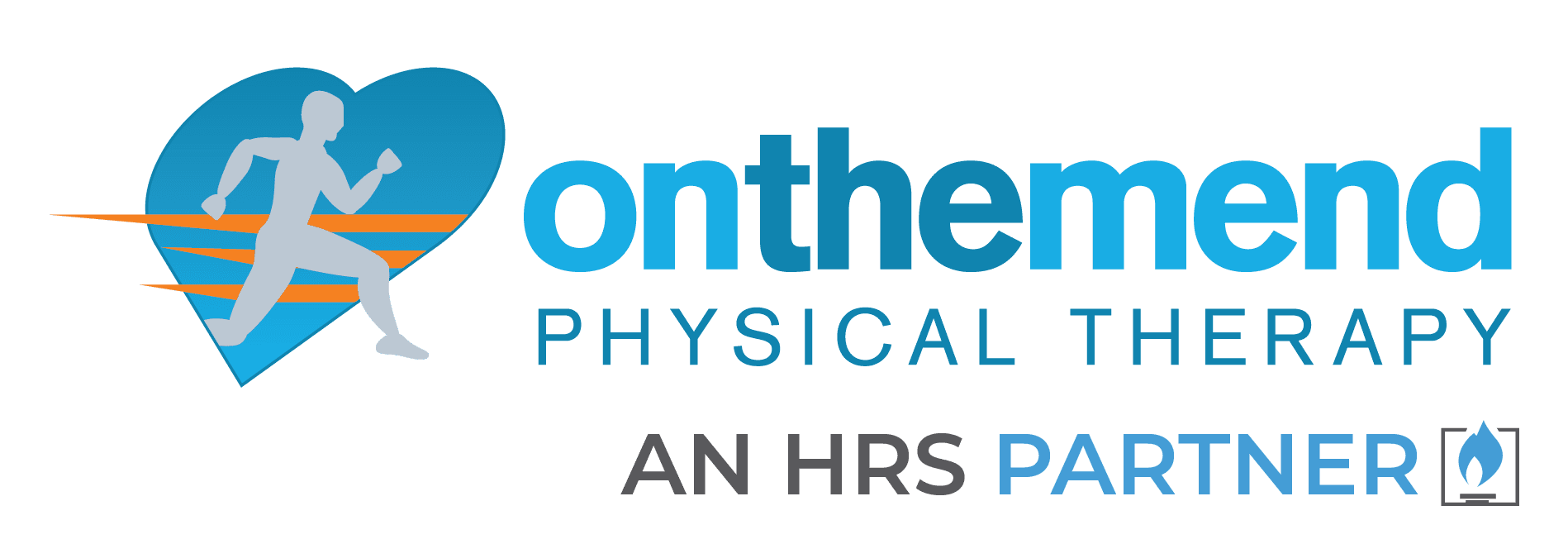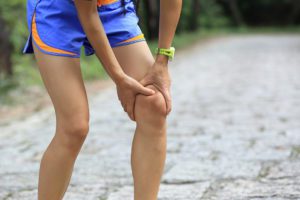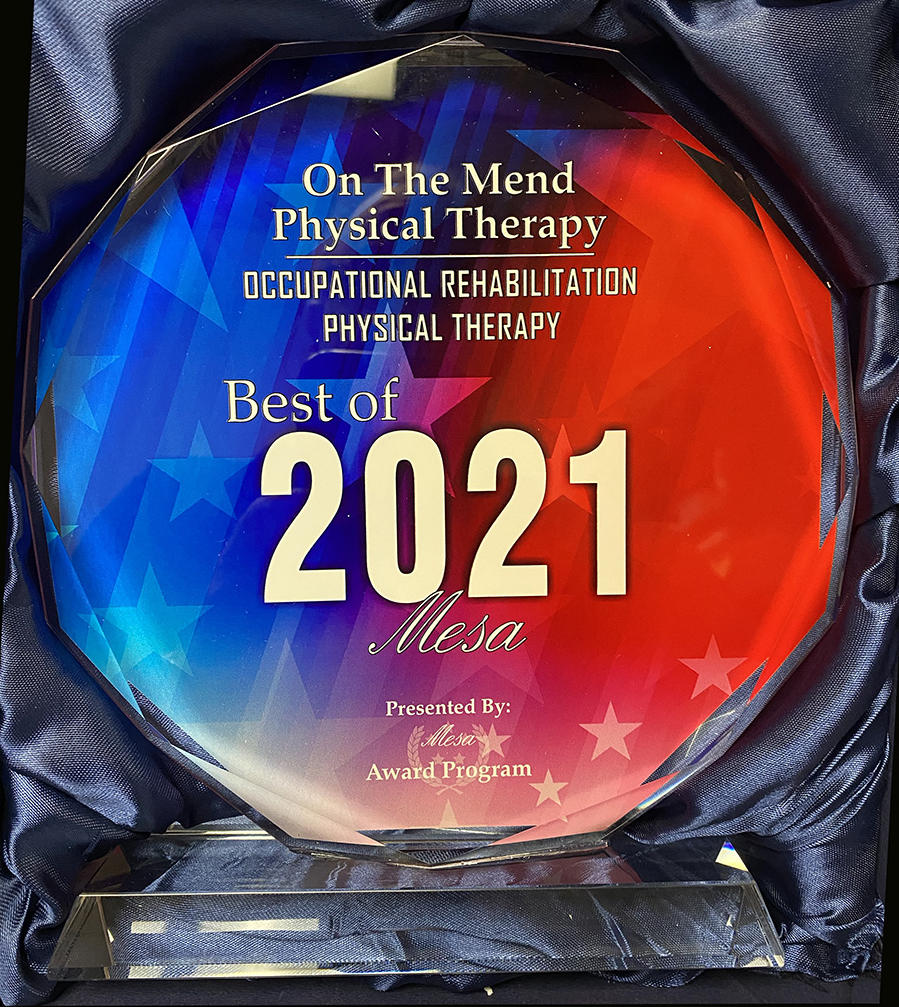Soreness vs. Pain: What’s the difference
There are many benefits to exercise, including the potential for improved physical and mental wellbeing. However, there may also be some physical discomfort associated with these activities due to the stresses placed on the body.
When experiencing discomfort, it is important to understand the difference between exercise-related muscular soreness and pain. Muscular soreness is a healthy and expected result of exercise. Pain may be indicative of injury.
But pain is personal, and the degree of injury does not always equal the degree of pain. Also, different people have a different pain tolerance. Understanding pain is helpful to managing pain.
Individual Activity Threshold
In order to make physical improvements, your body needs to be pushed to an appropriate level where gains can occur. Each person’s body has a different activity threshold dependent upon many factors, including age, baseline strength, and participation level. Remaining on the safe side of your threshold will result in muscular soreness. Exceeding your threshold will result in pain.
One of the expected outcomes of exercise, when done appropriately, is that this threshold will progressively increase. For example, when an individual begins running, their safe threshold may be 5 minutes of running. After several weeks of progressive increases in duration, this runner’s threshold may increase to 20-30 minutes.
To maximize your exercise gains and minimize injury risk, it is important to be realistic about your activity threshold and to be able to differentiate between moderate muscle soreness and pain.
Muscle Soreness
After activity, muscular soreness typically peaks 24-72 hours after activity. This is the result of small, safe damage to muscle fibers and is called Delayed Onset Muscular Soreness (DOMS). During this time, your muscles may be tender to touch and feel tight and achy. Movement may initially be uncomfortable but moving and gently stretching your muscles will help to decrease soreness. During the few day period that you experiencing muscular soreness, you might consider performing alternate exercise activities in order to give your sore muscles an opportunity to recover while strengthening other muscles.
Pain
In contrast to muscular soreness, you may experience pain during or after performing exercise. This may feel sharp. This pain may linger without fully going away, perhaps even after a period of rest. This may be indicative of an injury. Pushing through injury can worsen the problem. If you feel that your pain is extreme or is not resolving after 7-10 days you should consult with a medical professional.
How a Physical Therapist Can Help
A physical therapist can be a valuable resource to you throughout your exercise journey. Before beginning an exercise routine, your physical therapist can perform a variety of pre-activity assessments to determine your readiness for exercise. Based on this, your physical therapist may also recommend specific exercises that will best prepare you for your desired activities. They will also discuss the best strategies for introducing and progressing exercise activities while minimizing your chance of becoming injured.
In the unfortunate situation when exercise leads to an injury, your physical therapist will assist in your recovery in many ways. They will help with initial pain management, identify and address all factors that may have contributed to your injury to prevent further problems and provide specific recommendations regarding reintegration into exercise as appropriate.
Physical therapists treat chronic pain through movement, hands-on care, and patient education. The CDC recommends safer alternatives like physical therapy before using opioids to manage pain.
Call On the Mend Physical Therapy for a free consultation and ask a professional about your pain.




